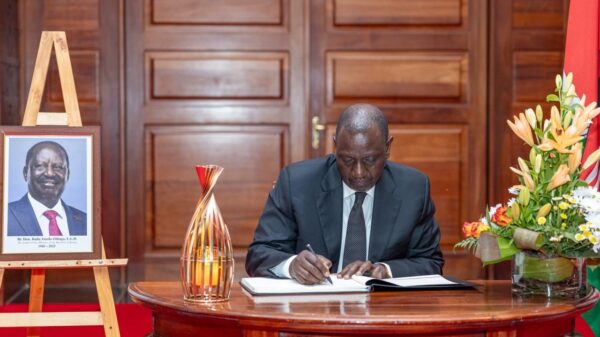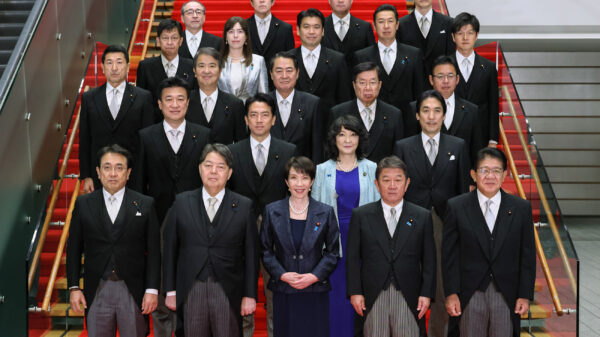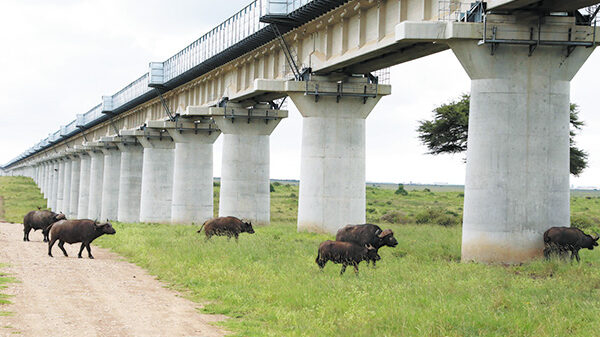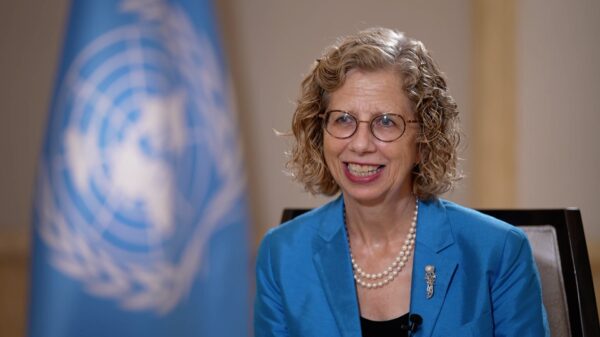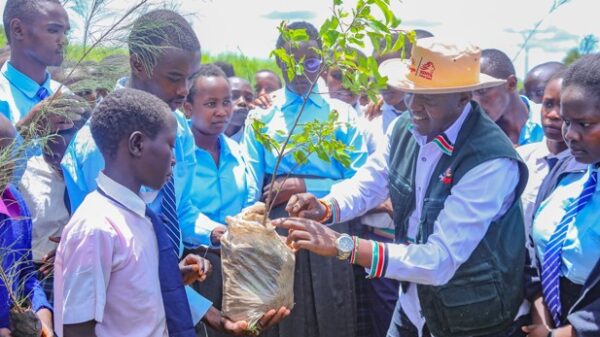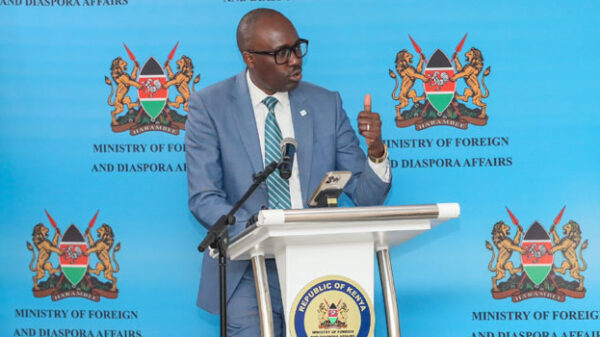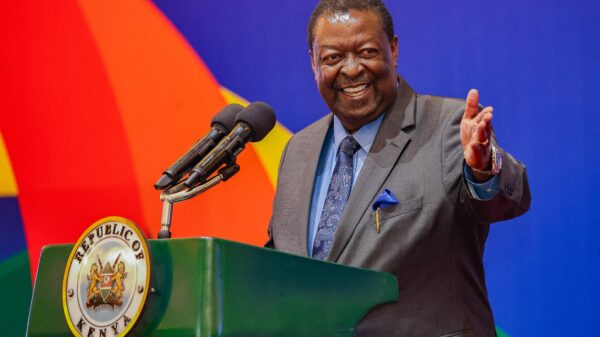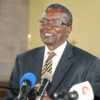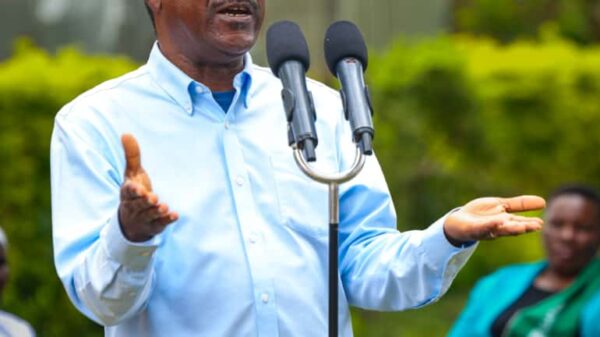NAIROBI, Kenya Sep 12 – Kenya and Uganda was Saturday set to commemorate one year since the signing of a peace deal between the Turkana and West Pokot communities in Kenya and the Karamajong community in Uganda.
The MOU was signed by Kenya’s Cabinet Secretary for Devolution and ASALS Eugene Wamalwa and Uganda’s Minister for Karamoja Affairs John Byabagambi, in Moroto, Uganda at Naitakwae Grounds in September last year.
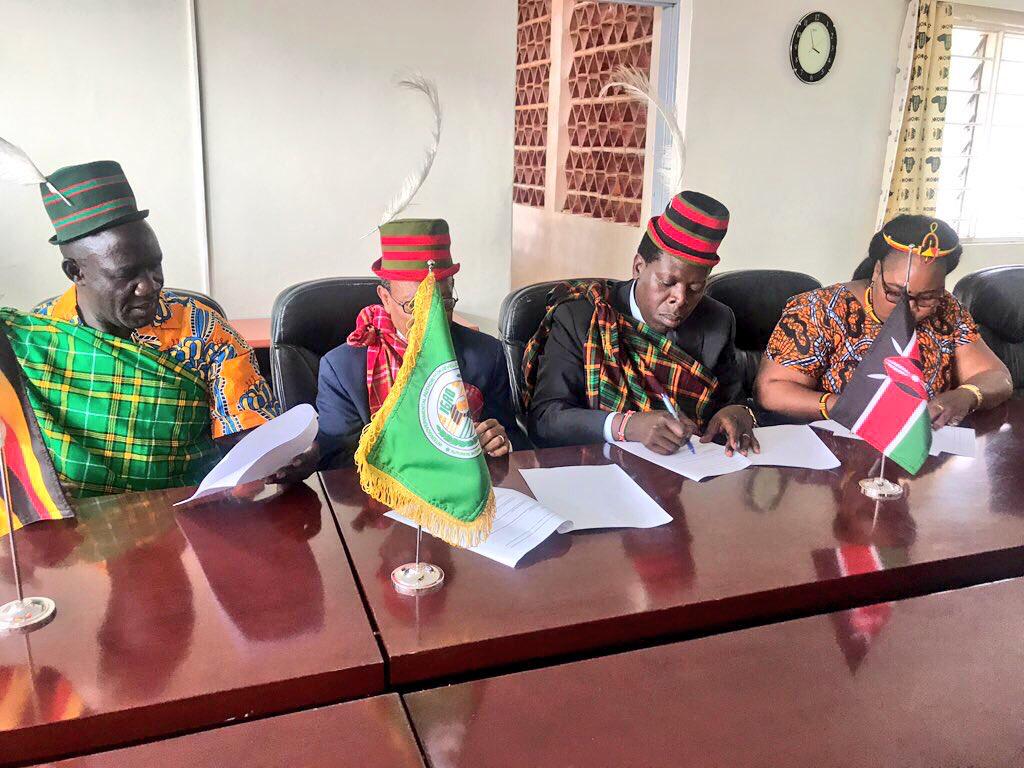
The signing of the peace deal was witnessed by President Uhuru Kenyatta and his Ugandan counterpart Yoweri Museveni, among other dignitaries.
The Joint collaboration was facilitated by the United Nations and has so far paid dividends, with the previously two warring communities giving up their arms and instead working together to ensure sustainable peace in the decades to come.
A number of leaders have since commented on the gains, challenges, opportunities and the transformation that has taken place since the Moroto Peace accord was signed.
CS Wamalwa said a lot has been achieved since the signing of the MoU, that brought communities living at the border together.
“We do not want to stop there. We want to look at another MOU with South Sudan, so that apart from the Karamoja cluster and apart from the Ethiopian – Kenyan MOU, we want to see another MOU now bringing together South Sudan as well as Kenya and communities living along our borders,” Wamalwa said.
He said similar pacts will be signed for other border communities, including the Kenya-Tanzania.
“When you look at the communities living along the borders they are very similar in many ways,” he said, and cited the Maasais of Kenya and Maasais of Tanzania who live along the Namanga border and the Merus in Kenya and Tanzania.
Senate Majority Leader Samuel Poghisio described the pact as a milestone because “It has been so peaceful from around that time on.”
“We are now able to walk the distances without any fear, communities have settled pretty much, there is hardly any disturbance,” he observed, and concluded that “it has held up”.
Children are also able to go to school due to the peace agreement.

“So there has been benefits in that regard, and children have been able to go to school because they don’t have to move around so much,” Poghisio said, “and that has improved the economy which is really a bonus.”
Micah Powon, Principal Secretary at the Devolution Ministry who is in charge of ASALs too described it as a major milestone for both countries because it ended cattle rustling conflicts.
“The main source of conflict is sometimes when the pastoralists cross over to the neighboring countries, it is because they are looking for pastures, they are looking for water,” he said, “that is why we are putting up dams. I am happy to report that these dams are on course.”
Petroleum and Mining Cabinet Secretary John Munyes said the peace agreement had opened up the infrastructure development in the region.
As a result, he said, “there are so many trucks moving into Kenya from Moroto, Uganda to Kenya, to bring supplies, to bring food, especially in this time of COVID-19.”
UN Resident Coordinator, Siddharth Chatterjee lauded the strong partnership which has opened up the area and forged unity.
“It was a real partnership it was a process of dialogue. The UN is seen as a useful partner. In fact in Kenya I am proud to say that we have a very strong partnership with the government and with the people,” he said.

Dr Walid Badawi, the United Nations Development Program Resident Representative to Kenya said he was proud of the MoU and the unity it has created because it has also eliminated illegal trade of small arms.
“We have actually supported interventions that have eliminated illegal flow of small arms and light weapons in the border areas by strengthening the peace actors capacities, by providing them with motorbikes and petrol vehicles, particularly on the Uganda side to be able to better monitor the border areas,” he said, “We have recovered stolen livestock which have also paid dividends in building trust between the communities.”



